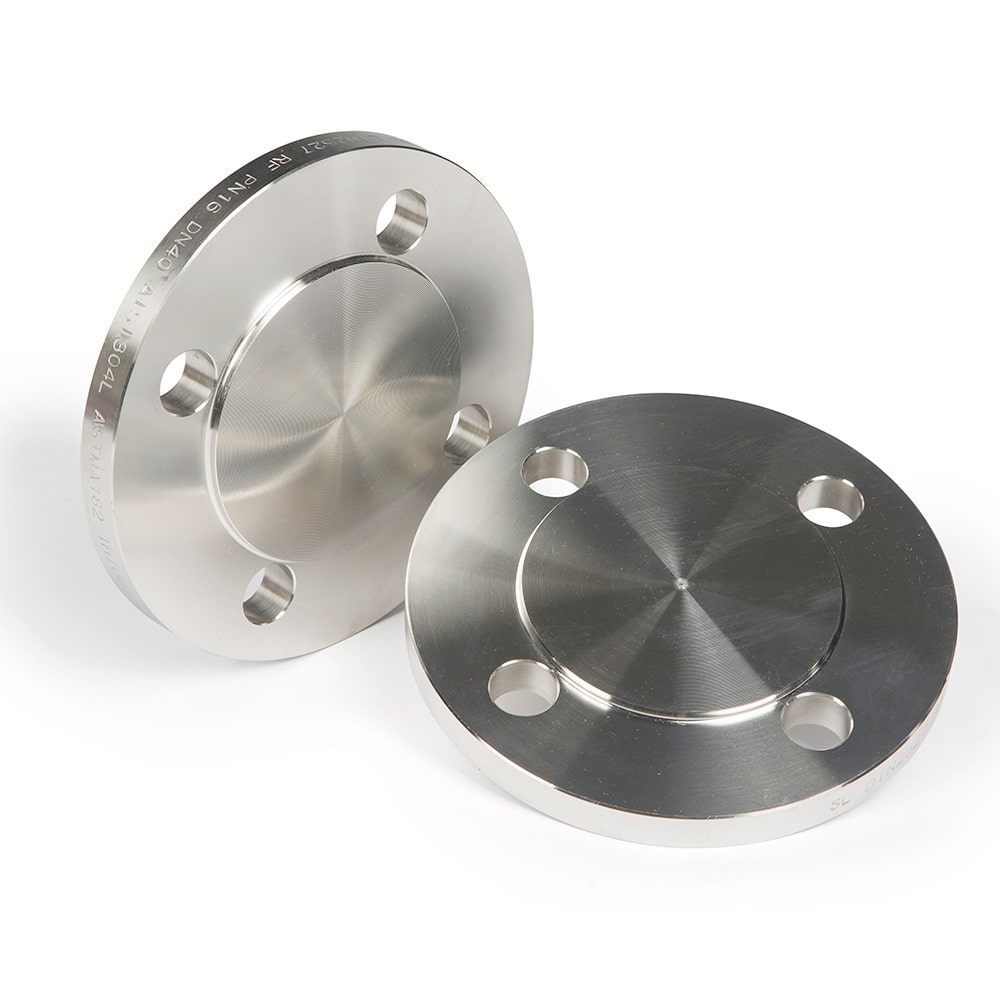-
Cangzhou Yulong Steel Co., Ltd.
-
Phone:
+86 13303177267 -
Email:
admin@ylsteelfittings.com
- English
- Arabic
- Italian
- Spanish
- Portuguese
- German
- kazakh
- Persian
- Greek
- French
- Russian
- Polish
- Thai
- Indonesian
- Vietnamese
- Zulu
- Korean
- Uzbek
- Hindi
- Serbian
- Malay
- Ukrainian
- Gujarati
- Haitian Creole
- hausa
- hawaiian
- Hebrew
- Miao
- Hungarian
- Icelandic
- igbo
- irish
- Japanese
- Javanese
- Kannada
- Khmer
- Rwandese
- Afrikaans
- Albanian
- Amharic
- Armenian
- Azerbaijani
- Basque
- Belarusian
- Bengali
- Bosnian
- Bulgarian
- Catalan
- Cebuano
- China
- China (Taiwan)
- Corsican
- Croatian
- Czech
- Danish
- Esperanto
- Estonian
- Finnish
- Frisian
- Galician
- Georgian
- Kurdish
- Kyrgyz
- Lao
- Latin
- Latvian
- Lithuanian
- Luxembourgish
- Macedonian
- Malgashi
- Malayalam
- Maltese
- Maori
- Marathi
- Mongolian
- Myanmar
- Nepali
- Norwegian
- Norwegian
- Occitan
- Pashto
- Dutch
- Punjabi
- Romanian
- Samoan
- Scottish Gaelic
- Sesotho
- Shona
- Sindhi
- Sinhala
- Slovak
- Slovenian
- Somali
- Sundanese
- Swahili
- Swedish
- Tagalog
- Tajik
- Tamil
- Tatar
- Telugu
- Turkish
- Turkmen
- Urdu
- Uighur
- Welsh
- Bantu
- Yiddish
- Yoruba

Nov . 07, 2024 22:47 Back to list
Steel Weld Fittings for Strong and Reliable Construction Solutions
Understanding Steel Weld Fittings Essential Components in Construction and Manufacturing
Steel weld fittings are critical components in a wide array of industries, including construction, manufacturing, and plumbing. These fittings play a crucial role in creating secure and durable connections in piping systems, making them indispensable in various applications. This article will delve into the types, benefits, applications, and manufacturing processes of steel weld fittings, highlighting their significance in modern infrastructure.
What are Steel Weld Fittings?
Steel weld fittings are specialized connectors used to join two or more sections of pipe together through welding. Available in various shapes and sizes, they facilitate the flow of liquids and gases, thereby ensuring the integrity and efficiency of the system. Common shapes of weld fittings include elbows, tees, reducers, and caps, each designed to meet specific connection needs.
Types of Steel Weld Fittings
1. Elbows These fittings allow for changes in the direction of the piping system, typically at angles of 45 or 90 degrees. They are essential for navigating around obstacles and routing pipes through tight spaces.
2. Tees T-shaped fittings enable branching off the main pipeline, allowing for additional connections to be made. These are crucial in systems where there is a need to divide or increase flow.
3. Reducers These fittings transition between different pipe sizes, allowing for a reduction or expansion of the pipe diameter. This is especially important in applications requiring pressure regulation.
4. Caps Used to seal the end of a pipe, caps help prevent contaminants from entering the system and maintain pressure levels.
5. Flanges While not strictly weld fittings, flanges are often used in conjunction with them. They provide a means of connecting pipes to each other or to other components.
Benefits of Steel Weld Fittings
Steel weld fittings offer numerous advantages that make them a preferred choice in many applications
- Durability Made from high-quality steel, these fittings are incredibly strong and can withstand high pressures, temperatures, and corrosive environments, making them ideal for industrial applications.
- Versatility Steel weld fittings can be used in various systems, including water, oil, gas, and steam applications, making them suitable for a diverse range of industries.
- Seamless Connections As they are welded to the pipes, these fittings create a continuous and leak-proof flow path, significantly reducing the risk of leaks and failures.
steel weld fittings

- Cost-Effective Although the initial costs may be higher than other fitting types, the longevity and reliability of steel weld fittings often result in lower overall maintenance costs
.Applications of Steel Weld Fittings
Steel weld fittings are utilized in multiple sectors
- Oil and Gas Industry They are extensively used in the transportation of oil and gas, where strength and reliability are paramount.
- Construction Used in structural steel frameworks, these fittings are critical for the integrity of buildings and bridges.
- Water Treatment Facilities Steel weld fittings ensure safe and efficient fluid flow in municipal and industrial water systems.
- Manufacturing Plants They are essential in for machinery and equipment requiring precise fluid and gas transfer.
Manufacturing Process of Steel Weld Fittings
The manufacturing of steel weld fittings typically involves several steps
1. Material Selection High-quality steel, such as carbon or stainless steel, is chosen based on the application requirements.
2. Cutting and Forming Steel is cut into the required shapes and formed using various techniques, such as forging or machining.
3. Welding Edges of the fittings are prepared and welded to ensure a strong bond, often using methods like TIG (Tungsten Inert Gas) or MIG (Metal Inert Gas) welding.
4. Finishing Finally, the fittings undergo finishing processes, including cleaning, coating, and inspection to ensure they meet the required specifications and standards.
Conclusion
In summary, steel weld fittings are vital components that enhance the efficiency and safety of piping systems across numerous industries. With their durability, versatility, and ease of installation, they continue to play an essential role in modern infrastructure, providing robust solutions for fluid and gas transfer. Understanding the various types, benefits, applications, and manufacturing processes of these fittings can help industries make informed decisions and ensure the longevity of their systems.
Latest news
-
ANSI 150P SS304 SO FLANGE
NewsFeb.14,2025
-
ASTM A333GR6 STEEL PIPE
NewsJan.20,2025
-
ANSI B16.5 WELDING NECK FLANGE
NewsJan.15,2026
-
ANSI B16.5 SLIP-ON FLANGE
NewsApr.19,2024
-
SABS 1123 FLANGE
NewsJan.15,2025
-
DIN86044 PLATE FLANGE
NewsApr.19,2024
-
DIN2527 BLIND FLANGE
NewsApr.12,2024
-
JIS B2311 Butt-Welding Fittings LR/SR 45°/90° /180°Seamless/Weld
NewsApr.23,2024











